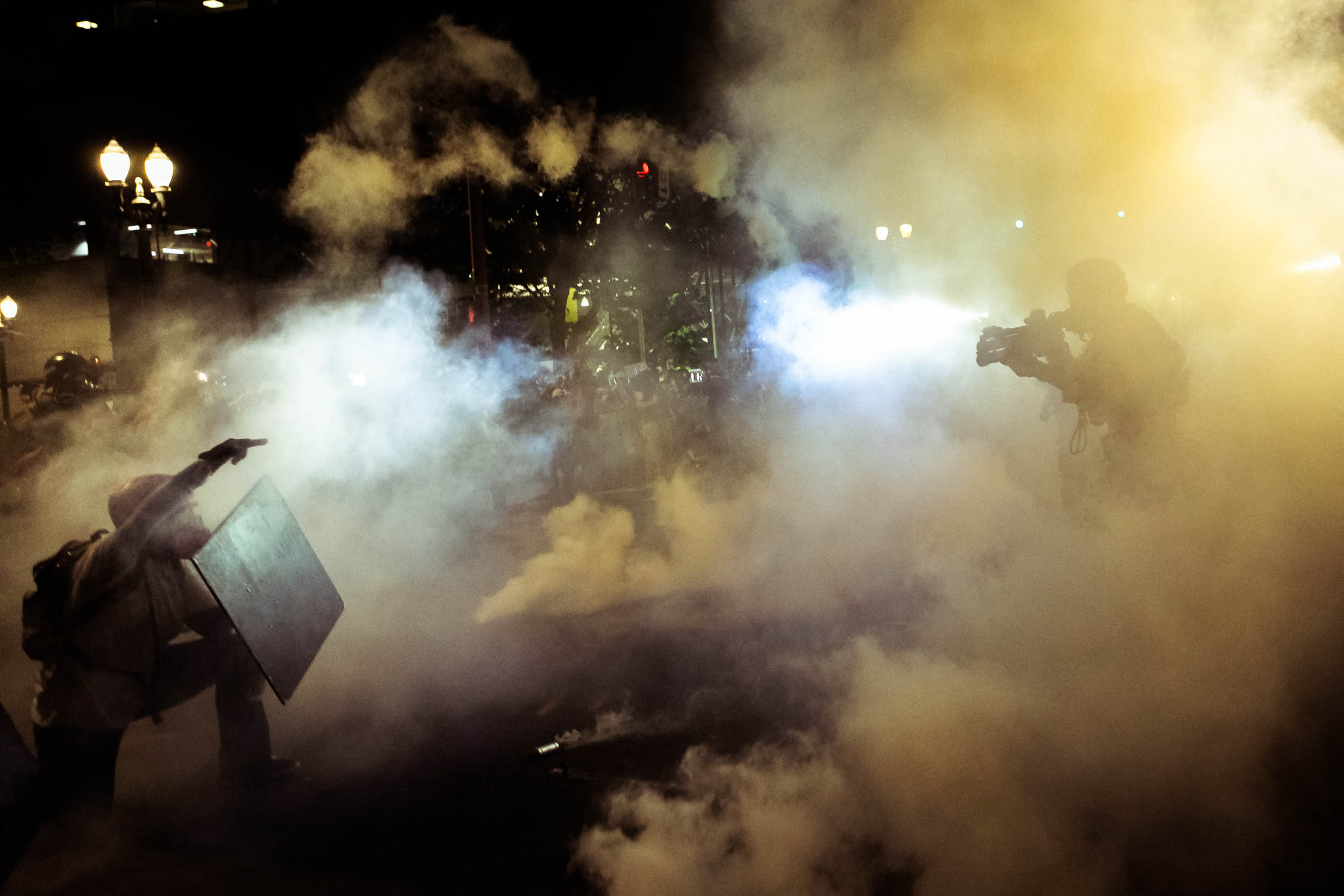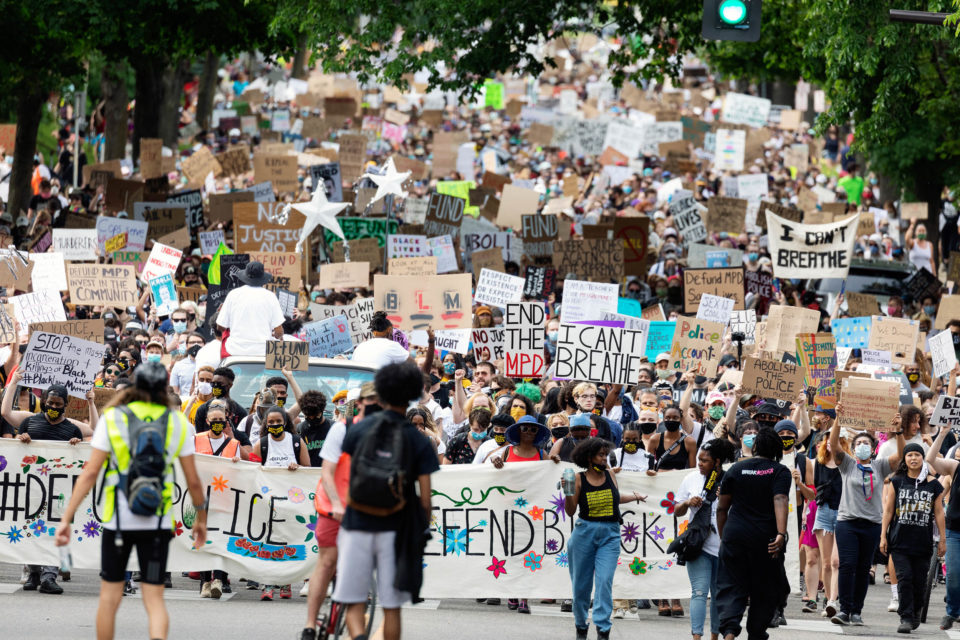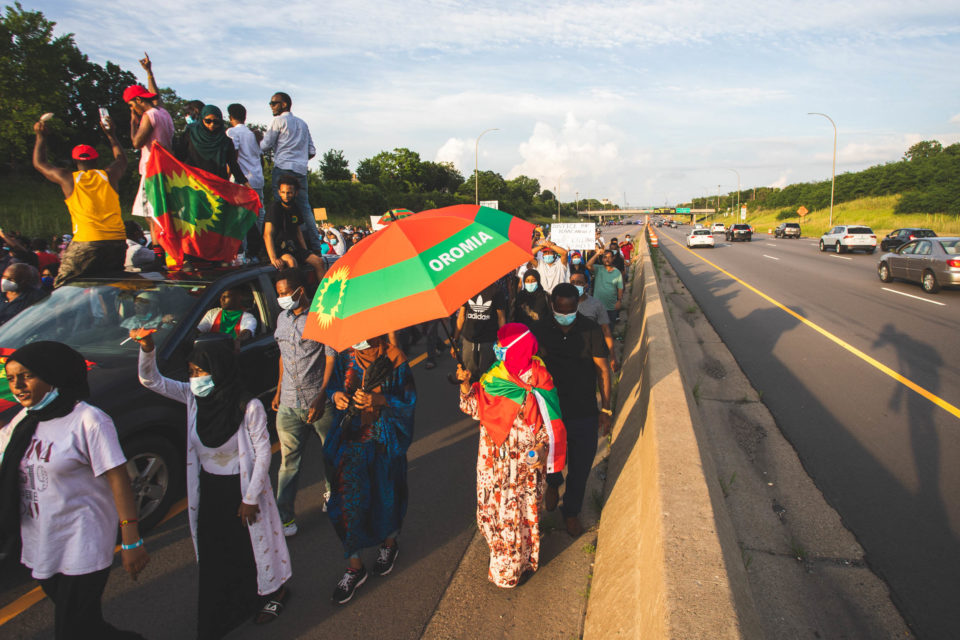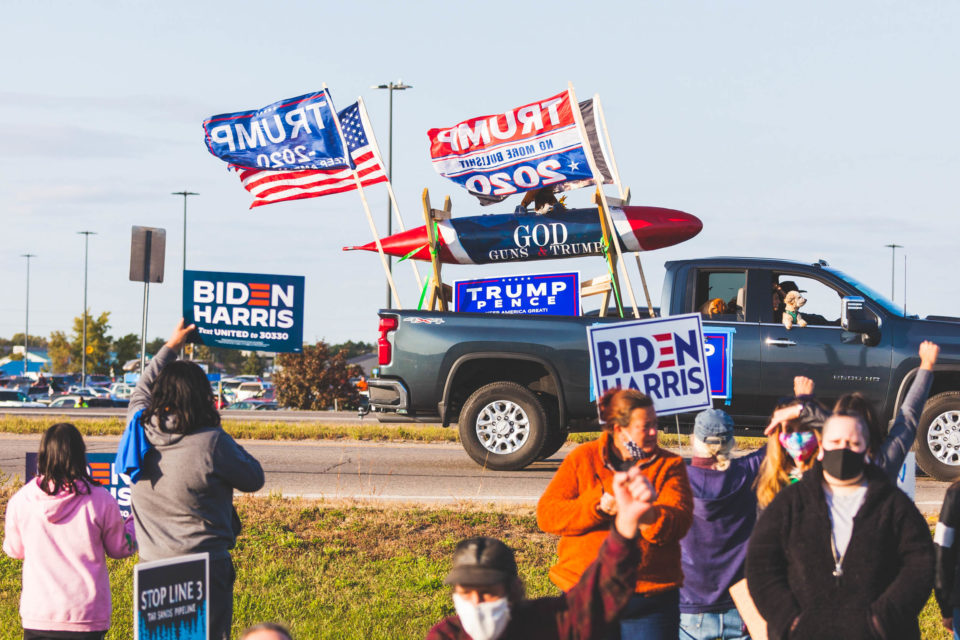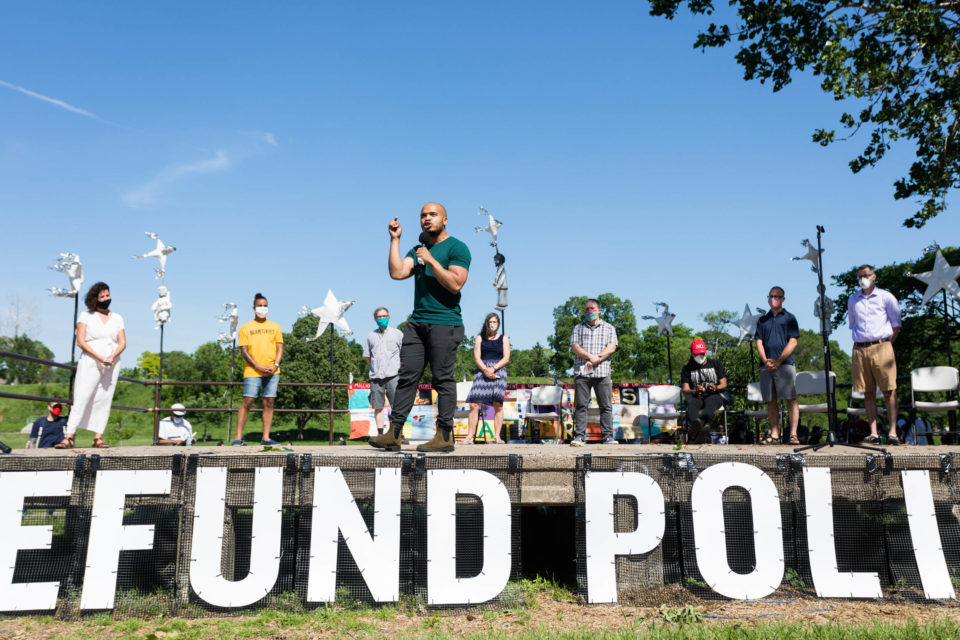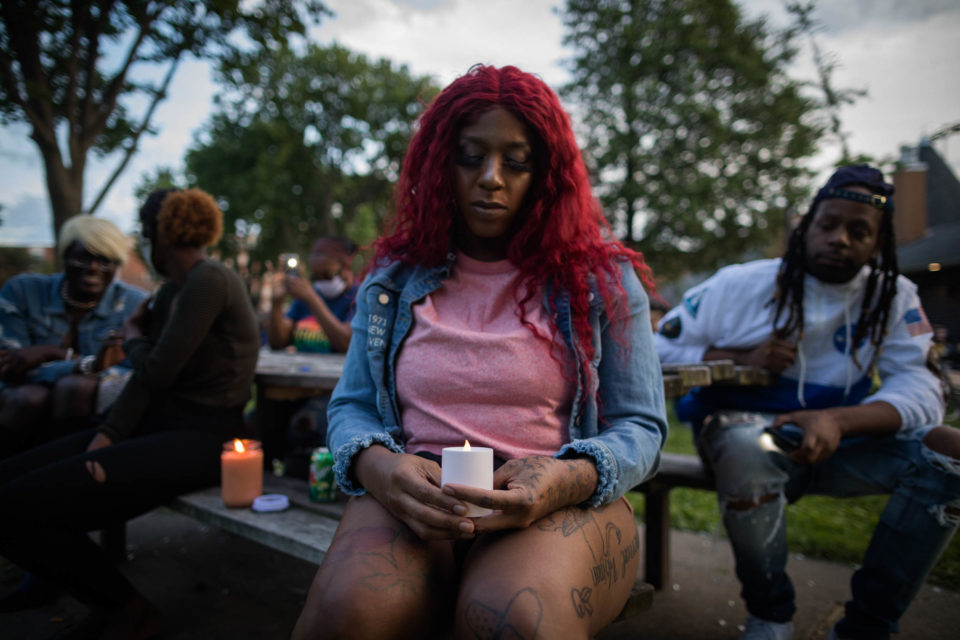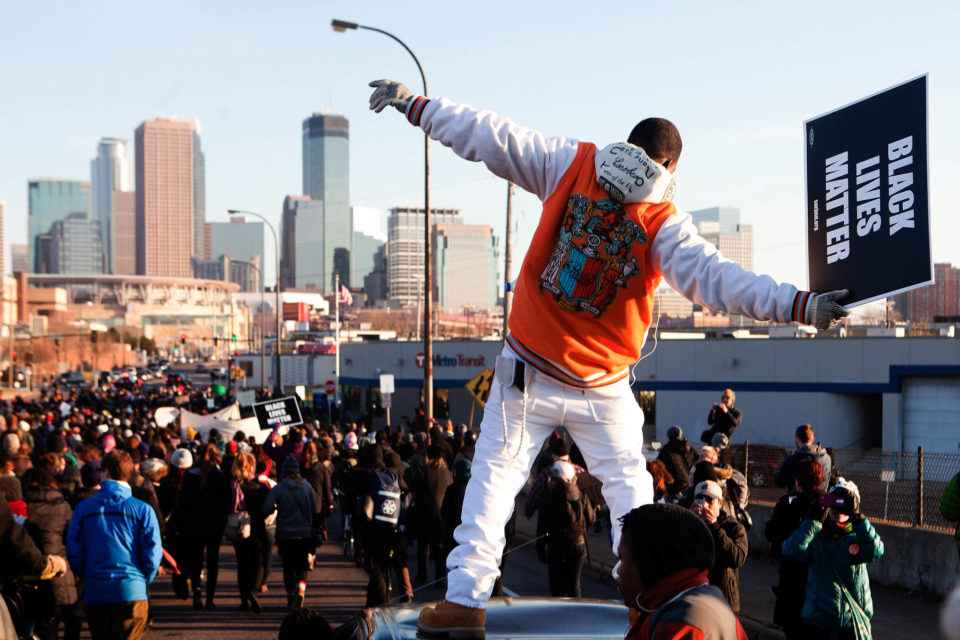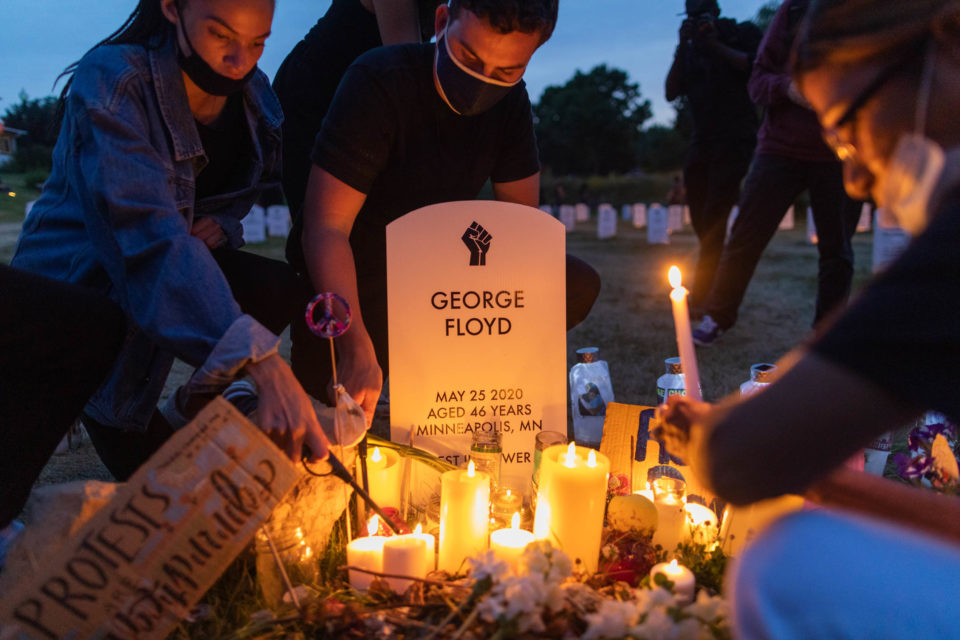Rider’s Lens: Documenting Unrest with Ben Hovland
In this edition of Rider’s Lens, we catch up with Minneapolis-based documentary photographer Ben Hovland, who shares a collection of his recent images and some thoughts on the parallels between cycling and photography. Learn more about Ben and his work here…
PUBLISHED Oct 19, 2020
Words and photos by Ben Hovland (@benjovland)
I’m Ben. I grew up in South Minneapolis and currently reside in the Powderhorn Park neighborhood, near 38th and Chicago. If that intersection sounds familiar, it’s the site where Minneapolis police killed George Floyd earlier this year. Before May, I often raced at the local velodrome and went on the occasional overnight bike camping adventure.
My desire to engage with the world through a documentary lens stems from my budding interest in photography in high school. My friend’s dad, an accomplished commercial photographer, heard I was curious and hired me to reorganize his collection of photography books. That’s where I was first introduced to many of the traditional “greats” in the photojournalism world. His generosity allowed me to spend hours exploring the images of Nachtwey, McCullin, Parks, Bourke-White, and others.
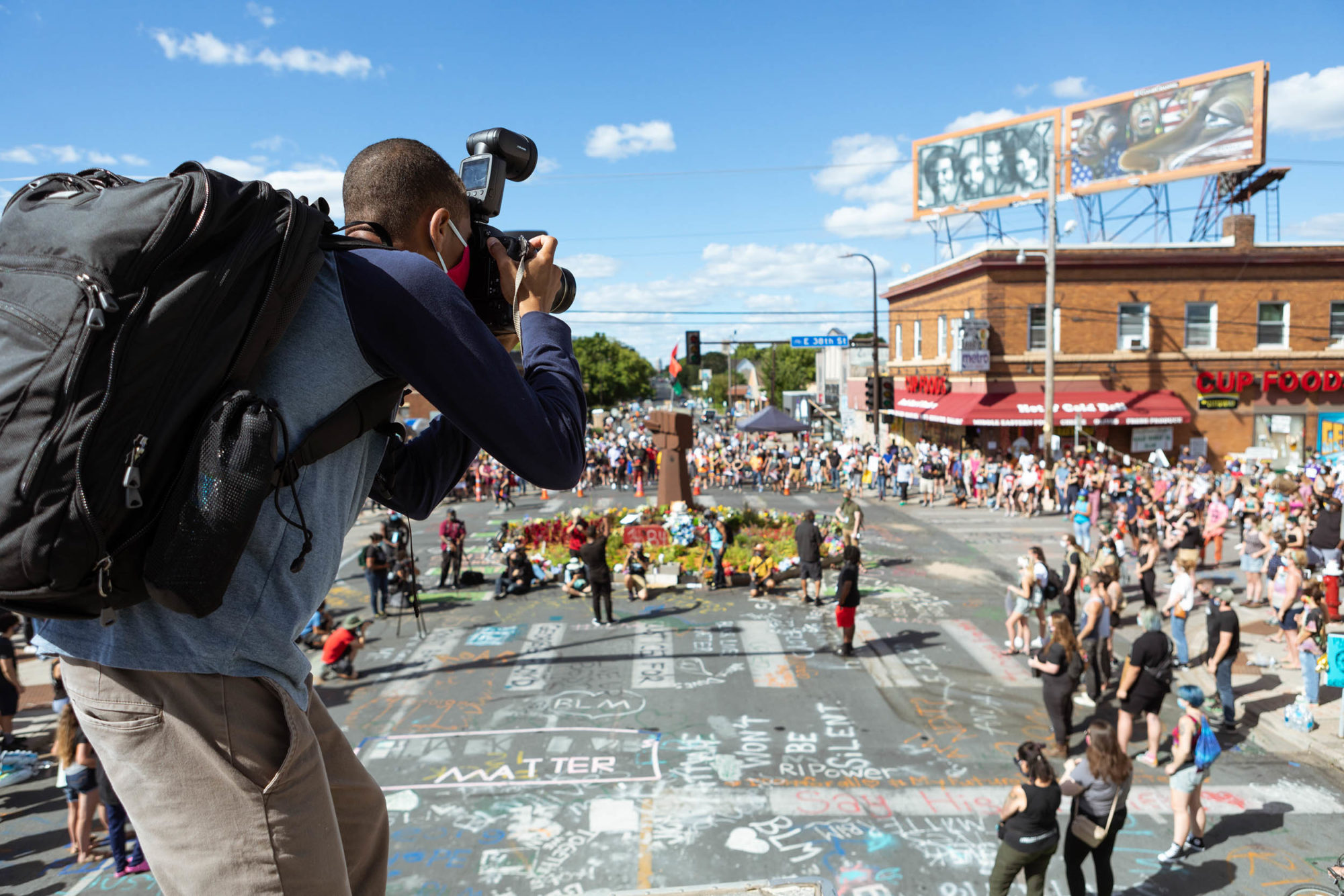
In 2007, I brought my camera to a Critical Mass in downtown Minneapolis. Toward the end of the ride, police confronted the mass, maced and tased dozens of riders, and eventually arrested nearly 20 people. The police claimed it was anarchist agitators who provoked the confrontation, but what I witnessed didn’t support their version of the story. That experience forced me to reflect on how images can be used to scrutinize the accepted narratives of those in power.
I’m moved by photography of all kinds, but I most frequently find myself behind the lens at protests. It’s not the rush of adrenaline that keeps me returning to demonstrations, but the fact that I’ll never tire of bearing witness to people who have the courage to speak truth to power and challenge oppressive systems.

I’d wanted to become a photojournalist since the days I spent reorganizing the photo book collection in high school, but life and a few other things led me to a 9-to-5 job doing marketing for a local manufacturing company. When the Minneapolis uprising began earlier this year, I instinctively took my camera to the streets. I documented the early days of protests, photographed the 3rd Precinct as it burned until the early morning, and covered the city council’s historic meeting during which they declared their intention to defund the police. I’ve dedicated the last months to sharing as many stories as possible about how my neighborhood and city have been indelibly changed.
Since the initial days of the uprising, this has been a year of firsts. My photo of American Indian Movement activists toppling the Columbus statue outside the Minnesota State Capitol was my first image to make the front page of a local paper. I shot my first assignment for Minnesota Public Radio, then Agence France-Presse, and most recently the BBC. If anything, the events of the past few months have affirmed my conviction in the power of visual reporting, and I can’t stress enough how humbling it is for my community to entrust me with these stories.

It’s a slight stretch, but I feel like there are elements of bike racing that have sharpened necessary skills for documenting hostile and dynamic environments. Maintaining situational awareness is key, whether in a peloton or a picket line, and proper risk assessment keeps you safe in either field. Both pursuits require appropriate protective equipment (but you won’t catch me wearing my aero helmet to a demonstration). And understanding the focal points for action is necessary to anticipate when a strong rider will surge or when there will be a surge by riot police.
Just like there’s been a push in recent years to increase representation in the cycling world (see WTF Bikexplorers and The Black Foxes), there’s been a similar reckoning in the photography industry. Despite the work by initiatives like Diversity Photo and the Black Shutter Podcast, institutional support for Black, Indigenous, and POC photographers still frequently falls short, and photo editor positions remain overwhelmingly white. As a non-Black photographer, I’ve also had to critically examine my role in documenting the unrest this summer. Am I profiting off of Black suffering? Is centering Black experiences in my reporting enough, or should I be passing up assignments to Black or Indigenous photographers? Should I even be in certain spaces that are filled with such powerful Black grief and mourning?
Going forward, I hope my photography takes me deeper into my own city. I’ve cherished meeting countless amazing people since I started reporting, and I’ve been introduced to communities under circumstances I never could have imagined. After getting my first taste of the journalism world, the days at my marketing job are numbered. I feel extremely lucky to even consider making the jump to doing freelance photojournalism in the current economic climate, but it’s hard to see myself following any other path. I feel like I owe it to my neighbors and my community to do my best reporting where I’m most invested: right at home in Minneapolis.
Like my approach to cycling, my path to doing journalism is based in community. Without their support, I wouldn’t have gotten this far. During the unrest, friends delivered meals when I was too busy or exhausted to cook. Established photojournalists (Evan, Stephen, Kerem, and Caroline) connected me with assignments and fielded my questions about freelancing. And when my gear was damaged after a rough night of photographing demonstrations, my friend Jenny drove to a camera repair shop an hour outside of the city to get it fixed, then fundraised to foot the bill on my behalf. I might be the person who frames each shot and presses the shutter, but the photographs I have the privilege to share with you here were made possible by the work of many others.
Ben’s Photography Gear
For breaking news, my main setup is two Canon 5D bodies with 35mm ƒ/1.4 and 135mm ƒ/2 lenses. If I’m shooting video, I’ll often swap the lenses for a standard and telephoto zoom, but I try to do most of my stills work on primes. Back in 2011, I bought a giant Inside Line Equipment camera backpack and still occasionally use it for video shoots around town. On the bike, I enjoy shooting my little Fuji X100T, and I break out my old Yashica TLR medium format camera from time to time.
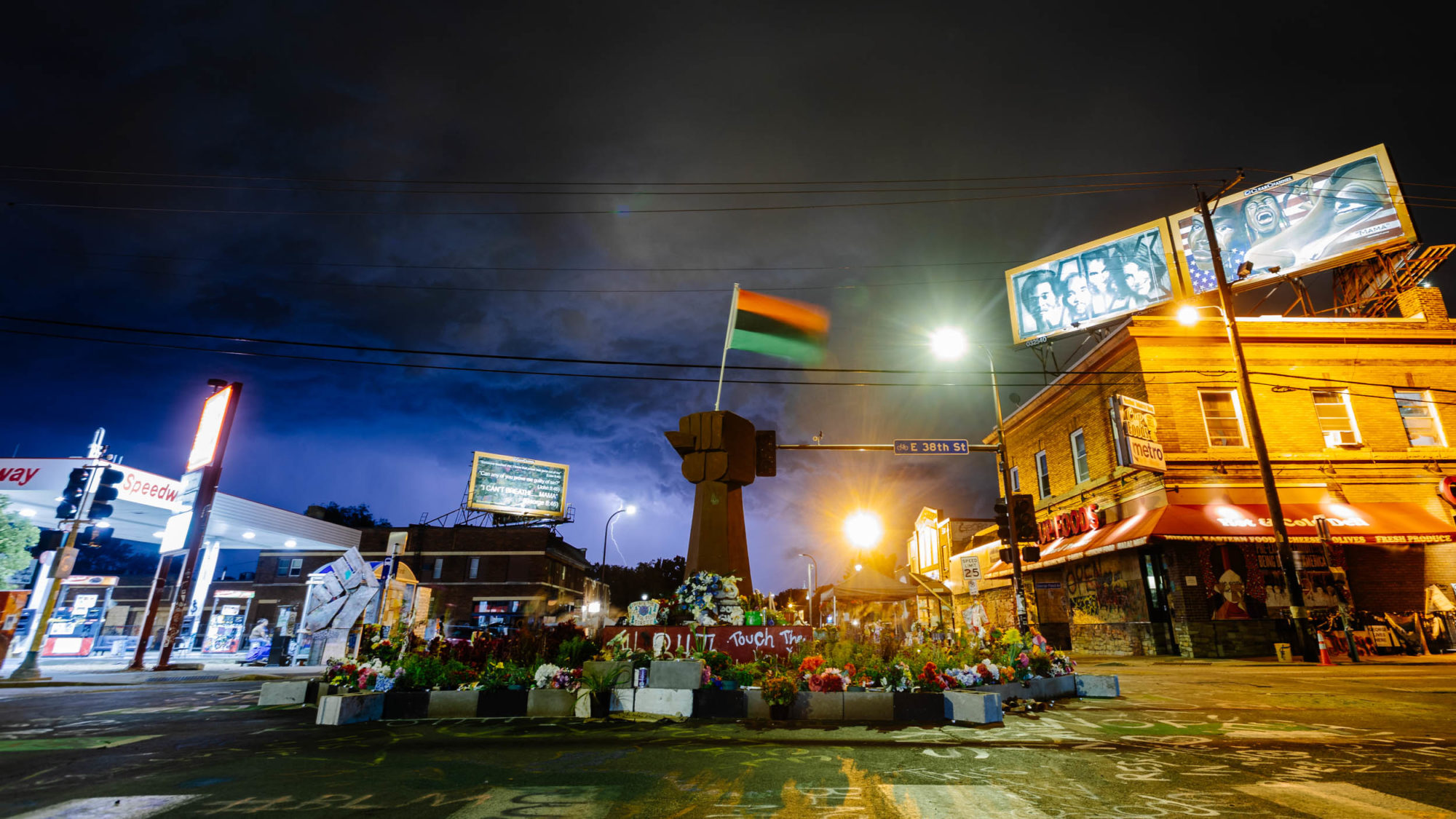
Video Breakdown
Minneapolis, MN. On May 26, 2020, I walked the five blocks from my house to 38th Street and Chicago Avenue, where thousands of people gathered to protest the killing of George Floyd the day before. This video captured the first hours of what became the most memorable week of my life.
This wasn’t Minneapolis’ first high-profile killing of a Black man by police, but because we were in the midst of a pandemic, seeing so many people made the scene feel surreal. On that first day of protesting, I bore witness to anger, resilience, and profound grief. As I wrapped up my interview I asked, “What does justice look like?” Looking back, the answer foreshadowed what was to come: “I’m waiting to see it. Jail ain’t enough if you ask me. I feel like more has to happen.” As I keep returning to the intersection of 38th Street and Chicago Avenue, now 147 days after George Floyd was murdered, the question “What does justice look like?” remains at the top of my mind.

About Ben Hovland
Ben Hovland is a Korean-American photographer living in Minneapolis, MN, on Dakota land. His BIKEPACKING.com claim to fame was in 2014, when he bailed on Lucas days before they were supposed to ride the Oregon Outback together. As a recently retired track cyclist, Ben occasionally tools around town on his ‘85 steel Trek and dreams about sun-kissed wooden velodromes to brace himself for the long Minnesota winter. See more on Instagram.
Please keep the conversation civil, constructive, and inclusive, or your comment will be removed.







